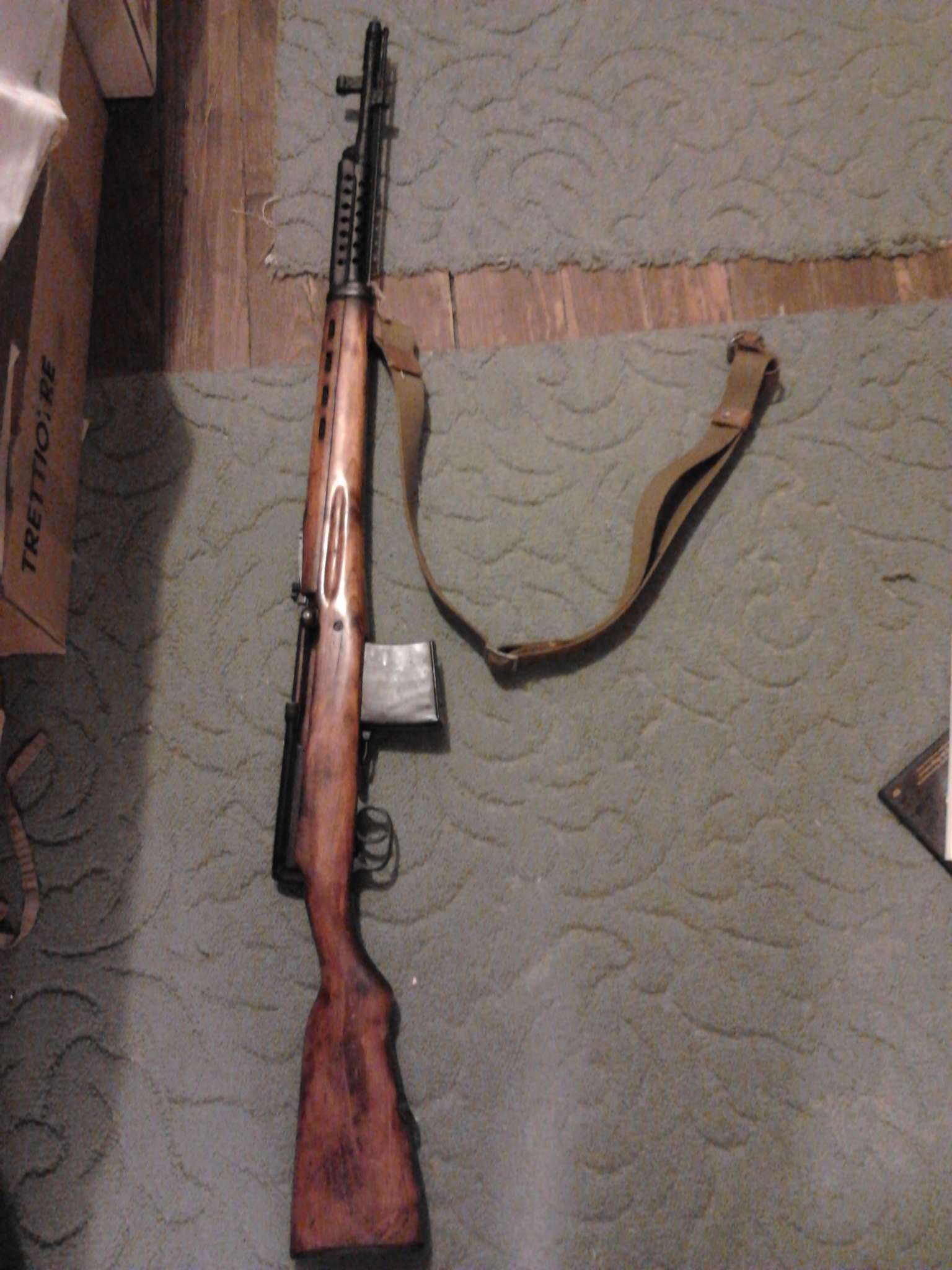His Divine Shadow wrote:Out of the two, the gun that propels the projectile to a higher velocity will have more recoil based on simpe physics. If the loads are matched so that the muzzle velocity is equal then some other factor must come into play, I suppose a greater volume of gas could have something of a rocket effect that would give BP a somewhat higher recoil?
As for burn speeds, there are smokeless powders with varying burn rates, they also affect how recoil feels, also how big a charge you can use. For instance when loading my .44 magnum loads I use Vihtavuori N110, a slow burning pistol powder. The slower burn allows you to fill the case up more (most loads have a little compression even) and achieve a higher velocity without raising pressure too much. Pack the .44 case full of a slower powder like say N320 and you just built yourself your own hand grenade.
Black powder burns very fast as well compared to most smokeless powders, yet it's safer than smokeless, you can't really blow up a modern gun even if you fill it and pack it down with BP, I admit this has puzzled me a lot, how it can be faster burning yet you won't have the same issues as stated above, given how much faster it is than smokeless.
Black powder isn't faster than all smokeless powders. It is faster than quite a few smokeless rifle powders, but it's a good deal slower than virtually all smokeless pistol powders. (BTW, according to the burn rate charts I have, VV N320 is
much faster than VV N110 ... which is why it's dangerous to use large charges of N320 in a magnum pistol cartridge; because it all tends to go up at once, leading to gun-scattering pressure spike.)
And if you go by detonation velocities, black powder has a detonation velocity of some 400 m/s. The detonation velocities of the explosive components of smokeless powder all handily exceed 6000 m/s. Smokeless powders are typically safer than black powder because they're not nearly as apt to go up at the slightest provocation.
I wonder if the reason is that BP cannot detonate is that it deflagrates and it does this by reacting with oxygen and the harder you pack it the more you reduce it's surface area, and the amount of oxygen is limited as well (what fits inside the case), so BP will always expand at more or less the same speed, maybe even slower if you pack it too hard and reduce the surface area too much by squeezing out the air.
Smokeless powders can detonate however when put in the right circumstances and they don't need oxygen when they detonate, it's a different animal alltogether then.
Black powder carries all the oxidizer it needs in the form of the nitrates in it. You can shoot a black powder gun in space just like you can any other gun. It's just that smokeless powder has that high detonation velocity, so if you pack it in too tightly, the burn rate stops being controlled by things like powder flake size and shape, and starts being controlled by how fast the detonation front progresses through the mass of explosive.
What really limits black powder is the fact that only 45% of a given charge of black powder goes into gas generation. Over half of it is left behind as solid particulates.
So since black powder isn't the fastest, or the most efficient, propellant out there; you need to use huge quantities of it to generate the same pressures (and muzzle velocities) that you can with smaller charges of fast-burning, efficient, smokeless.

